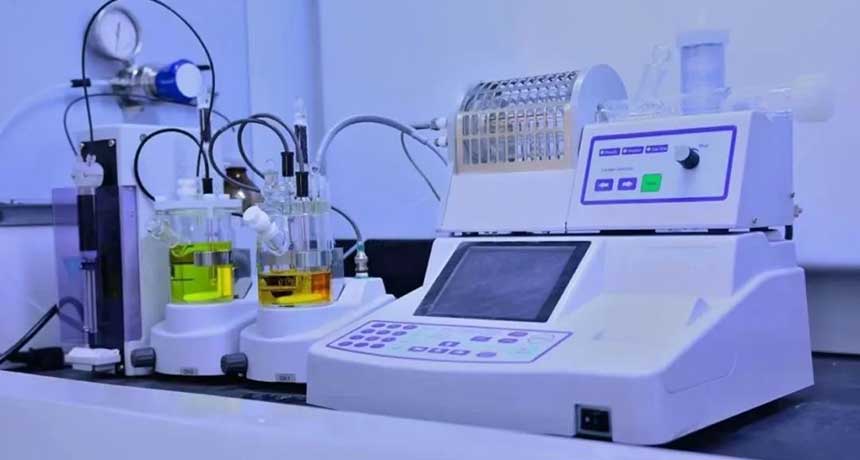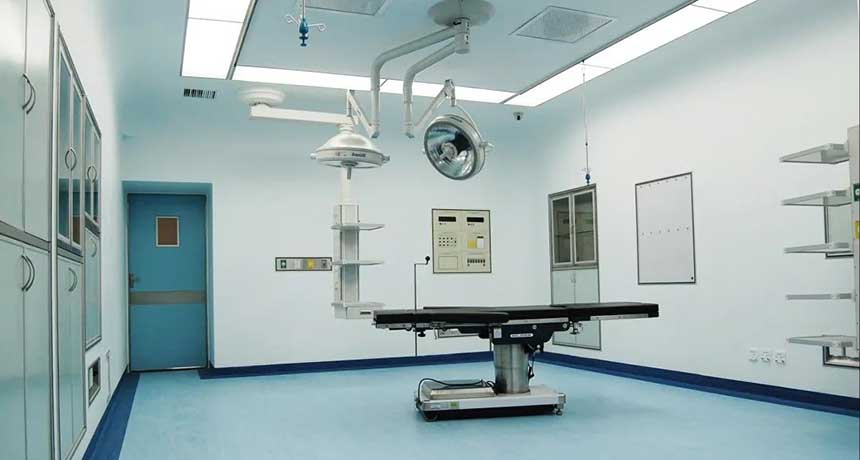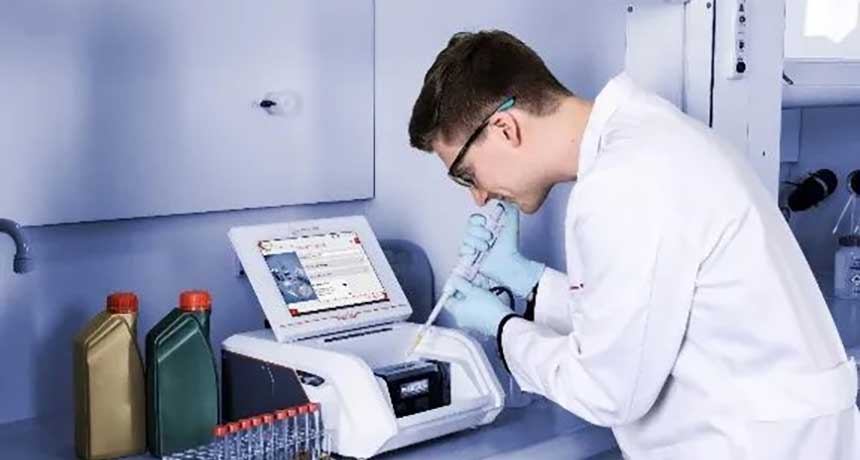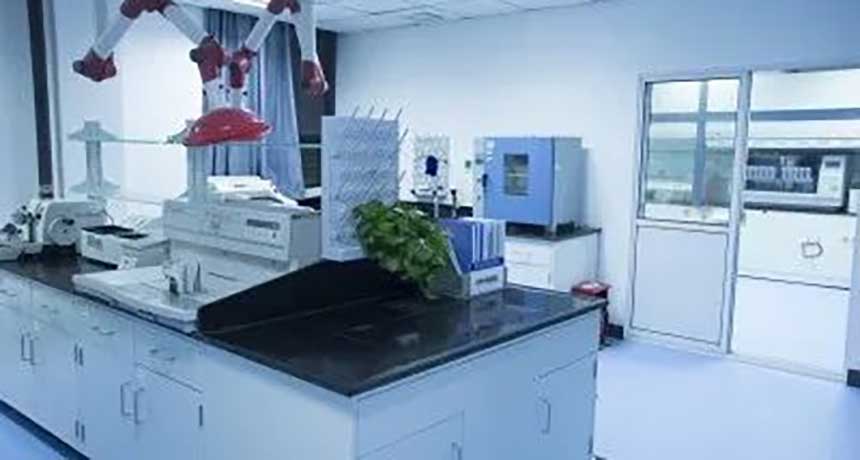The maintenance of
operating room equipment is an indispensable and important link in medical institutions. It is directly related to patient safety and surgical results. This article will delve into the importance of operating room equipment maintenance and how to improve medical quality and efficiency through reasonable maintenance measures. So do you know the use and maintenance of the operating room equipment around you?
With the continuous advancement of medical technology, operating room equipment plays a vital role in modern medical care. However, the proper operation and performance of these devices require regular maintenance and upkeep to ensure safe and smooth medical operations. Operating room equipment maintenance is not only the repair of the appearance of the equipment, but also the careful adjustment and overhaul of its internal mechanisms to ensure that it maintains stable and reliable operation in a high-pressure, high-load medical environment.
a. Set up dedicated personnel for management, repair and maintenance. Always check whether the screws of the shadowless lamp are loose to prevent them from falling.
b. The shadowless lamps should be repaired by professionals every year. Non-professionals are not allowed to disassemble the shadowless lamps or circuits at will.
c. Avoid harsh chemical disinfectants from damaging the shadowless lamp to avoid corrosion.
d. The operating handle of the lamp head can be sterilized by low-temperature plasma.
e. When adjusting the shadowless lamp, pay attention to the adjustment distance to avoid collision and pulling of the shadowless lamp shell.
f. When turning on the shadowless lamp, you should turn it on from weak to strong, and do not turn it on very loudly at once to avoid damaging the bulb.
g. After use, the brightness of the shadowless lamp should be adjusted to the lowest level and then turned off.
h. Do a good job in cleaning the surgical lamp. The shadowless lamp should be wiped thoroughly before and after each operation to ensure that it is dust-free and stain-free.
i. After the operation, the shadowless lamp should be fixed in the functional position to keep it balanced to prevent the difference in weight from affecting the fixed function.
How to operate
a. Turn on the power, connect the negative plate cable, and turn on the host switch.
b. Adjust the output of electrosurgery and electrocoagulation to the required amount.
c. Place the negative plate on the patient's muscular area.
d. Insert the plug of the electric knife head into the socket of the electric knife machine and you can use it.
e. When shutting down, unplug the electric knife head, turn off the power of the machine, and unplug the power cord.
f. Organize the machine and record it in the registration book.
Instrument maintenance
a. The high-frequency electrosurgery is regularly tested and maintained by professionals to ensure safe use.
b. When using the electric knife pen tip, it should be wound smoothly and not broken.
c. When the electrosurgical pen is not used during surgery, it should be retracted to the tray in time to avoid burning the patient with the pen.
d. The power supply of the electrosurgical pen should be tested every time it is used to ensure the safety of the operator.
3. Use and maintenance of microscope
How to operate
before use:
a. Turn on the power and open the base to fix it.
b. Turn on the main switch and the green light will appear. Turn on the microscope switch and turn it off after good use.
c. Hold the button behind the microscope handle with both hands, extend the microscope arm to a right angle, and release the button.
d. Adjust the balance. Without holding the microscope, just hold the handle switch with your fingers and observe whether the microscope arm moves. If so, the balance must be readjusted. Fixed base.
e. Turn on the microscope light, adjust the light according to the operator's vision, and adjust the operator's position. ⑥ Set sterile microscope cover.
After use:
a. Turn off the microscope light source, open the holder, and push the microscope away from the surgical area.
b. Remove the microscope cover, shorten the microscope arm to the shortest distance, and pay attention to protecting the lens.
c. Turn off the main power, put away the power cord, push the microscope back to its original position, and step on the holder.
. Use lens wiping paper to wipe off any stains on the lens surface, clean the outer surface of the microscope, and hang a safety sign.
e. Record usage in the record book.
Instrument maintenance
1. After each use, clean the objective lens and eyepiece with lens paper.
2. Do not tighten or loosen the screws and knobs too much.
3. Do not use organic solvents such as ethanol and ether to wipe the lens body. Use a soft cloth or paper towel dipped in water to wipe it.
4. Prepare spare light bulbs and replace them at any time when the light bulb breaks.
5. When turning off the microscope, first turn off the light source, then turn off the microscope power switch, and adjust the light source knob to the minimum.
6. Record the usage, performance, faults and solutions of the microscope at any time.
7. The microscope is placed in a relatively fixed position, so be careful to avoid collisions.
8. The microscope is usually in a balanced state. There are no special requirements. Do not adjust it easily.
9. The foot pedal is not used under normal circumstances and is hung on the mirror body.
10. Have a designated person responsible for inspection, set up a special registration book, register the usage and sign.
4. Use and maintenance of electronic laparoscope
Instructions
1. Connect the power cords of the camera host, cold light source, monitor, insufflator, and electrosurgical cord.
2. Correctly connect the camera, light guide, and electrosurgical cord.
3. Turn on the power switches of the main unit, cold light source, monitor, insufflator and electrosurgery.
4. After use, turn off each power switch of the instrument, and remove the camera wires and cold light source wires.
5. Place the instrument back into its fixed position.
maintainance
1. Check the pressure index after the self-inspection of the pneumoperitoneum machine, and remind you to replace the carbon dioxide gas cylinder as soon as possible to avoid changing the bottle during the operation and affecting the operation.
2. Camera wires and conduit wires should be handled with care and bending is prohibited.
3. During intraoperative operation, the person holding the mirror should avoid bending the camera optical cable to avoid damage.
4. When removing the camera optical cable after the operation, you should cooperate with the circulating nurse to securely connect it to avoid damage from falling to the ground. Cover the camera protective cap and do not touch the camera directly with your hands.
5. Pay attention to keeping the instrument cart clean and avoid collision during pushing and pulling.
5. Use and maintenance of C-arm X-ray machine
Instructions
1. Release the foot brake, push the machine to the operating bed, and adjust the operating bed. The monitor is placed in a position facing the operator for easy viewing.
2. Connect the high-voltage cable between the operating machine and the display and turn on the power supply.
3. Turn on the power switch on the control panel of the operating machine and conduct self-test.
4. Release the brake switch on the C-arm, adjust the C-arm so that the tube and receiver are aligned with the shooting area, and then lock the brake switch.
5. Select the fluoroscopy or film function on the control panel of the operating machine, and select the manual program or the automatic program to adjust the energy level.
6. The staff should wear protective equipment, be prepared for protection, and select the hand-controlled switch or foot-controlled switch for discharge and filming.
7. If you need to print a picture, first select the picture you want to print on the display screen and tap the print switch.
8. After the operation is completed, turn off the power switch on the control panel, unplug the power socket, and clean up the wiring.
9. Move the operating machine out of sight and separate the high-voltage cables of the operating machine and the display. Put the equipment back in place and lock all brake switches.
maintainance
1. Regularly inspect the C-arm to ensure its use.
2. Be careful when moving the C-arm machine and avoid collision.
3. The C-arm machine support rod must be lowered to the lowest position after each use.
4. After using the C-arm, push it back to its original position and lock the casters.
In summary, operating room equipment maintenance is an important guarantee for medical institutions to ensure medical safety and improve medical efficiency. Strengthening the maintenance and management of operating room equipment can not only reduce medical risks and improve medical quality, but also effectively save medical resources, improve medical service levels, and provide patients with safer and more efficient medical services.






